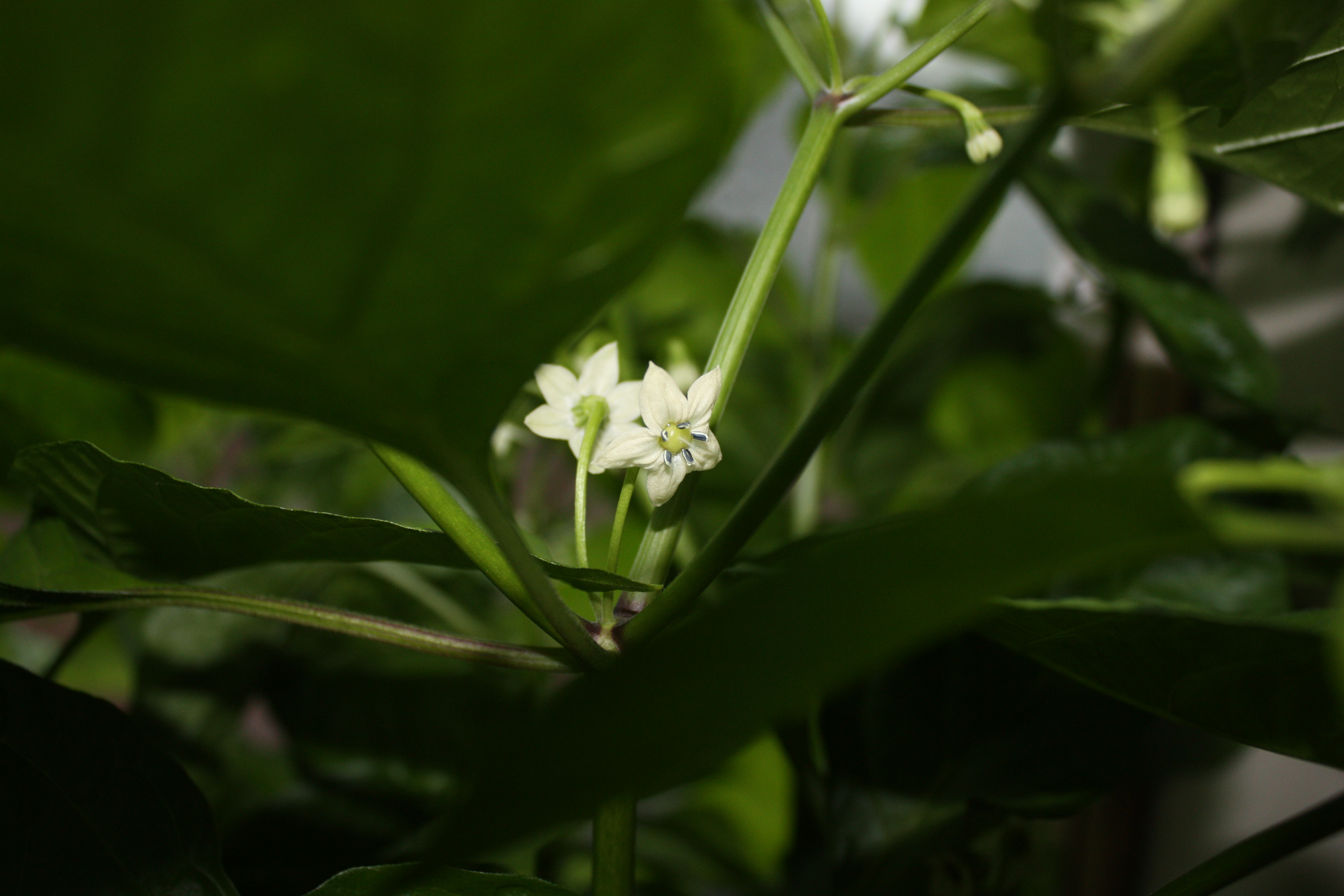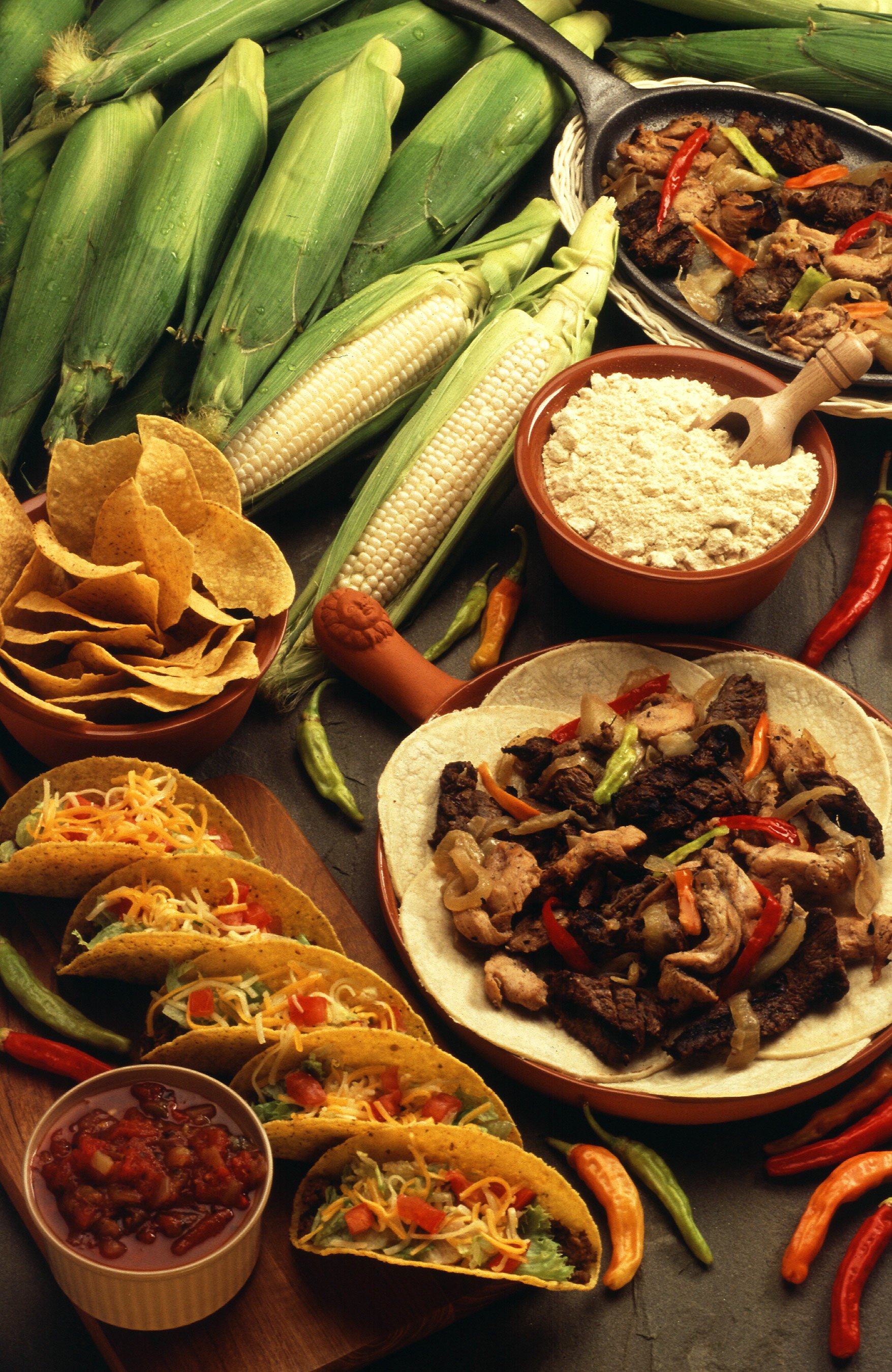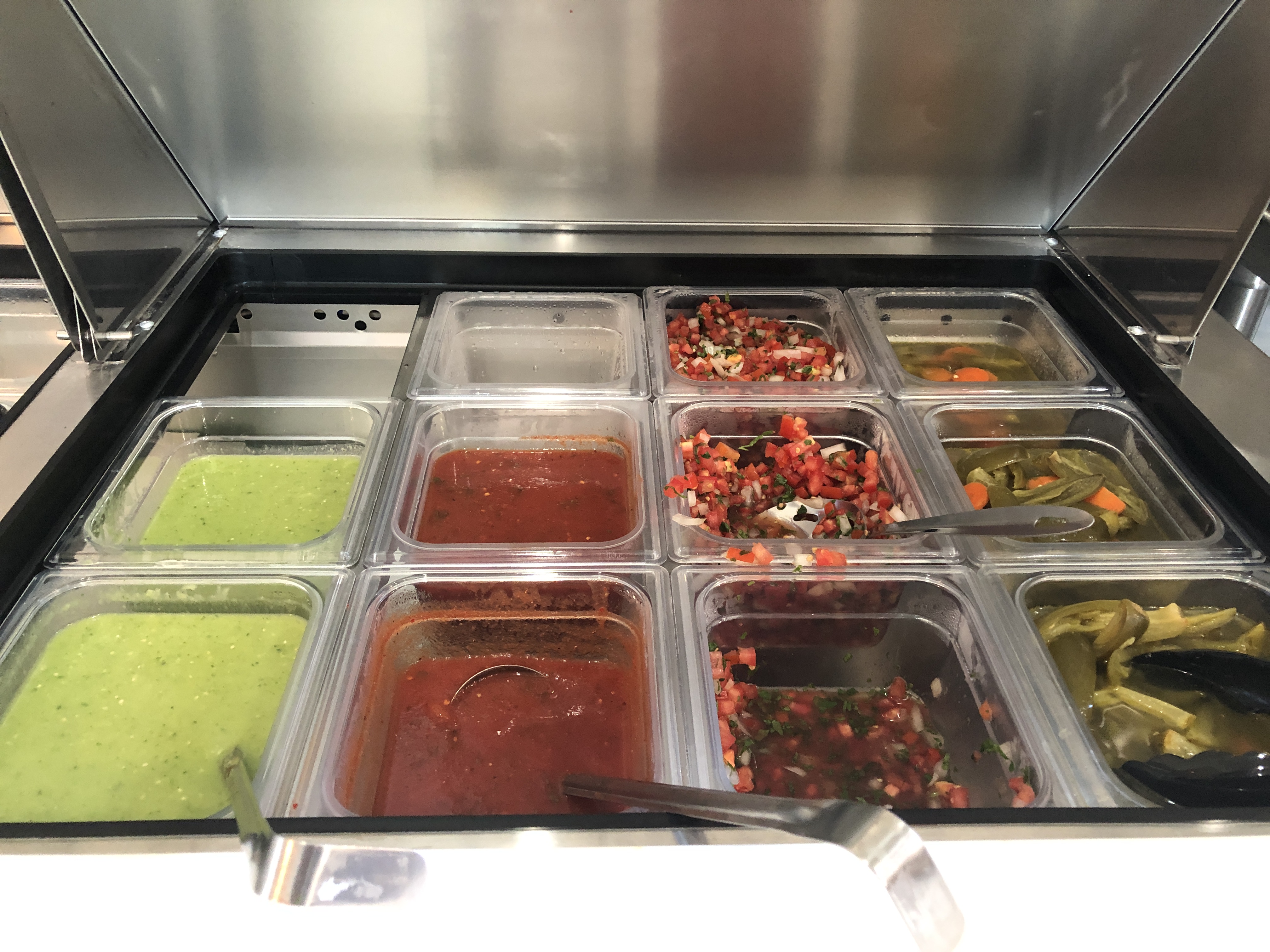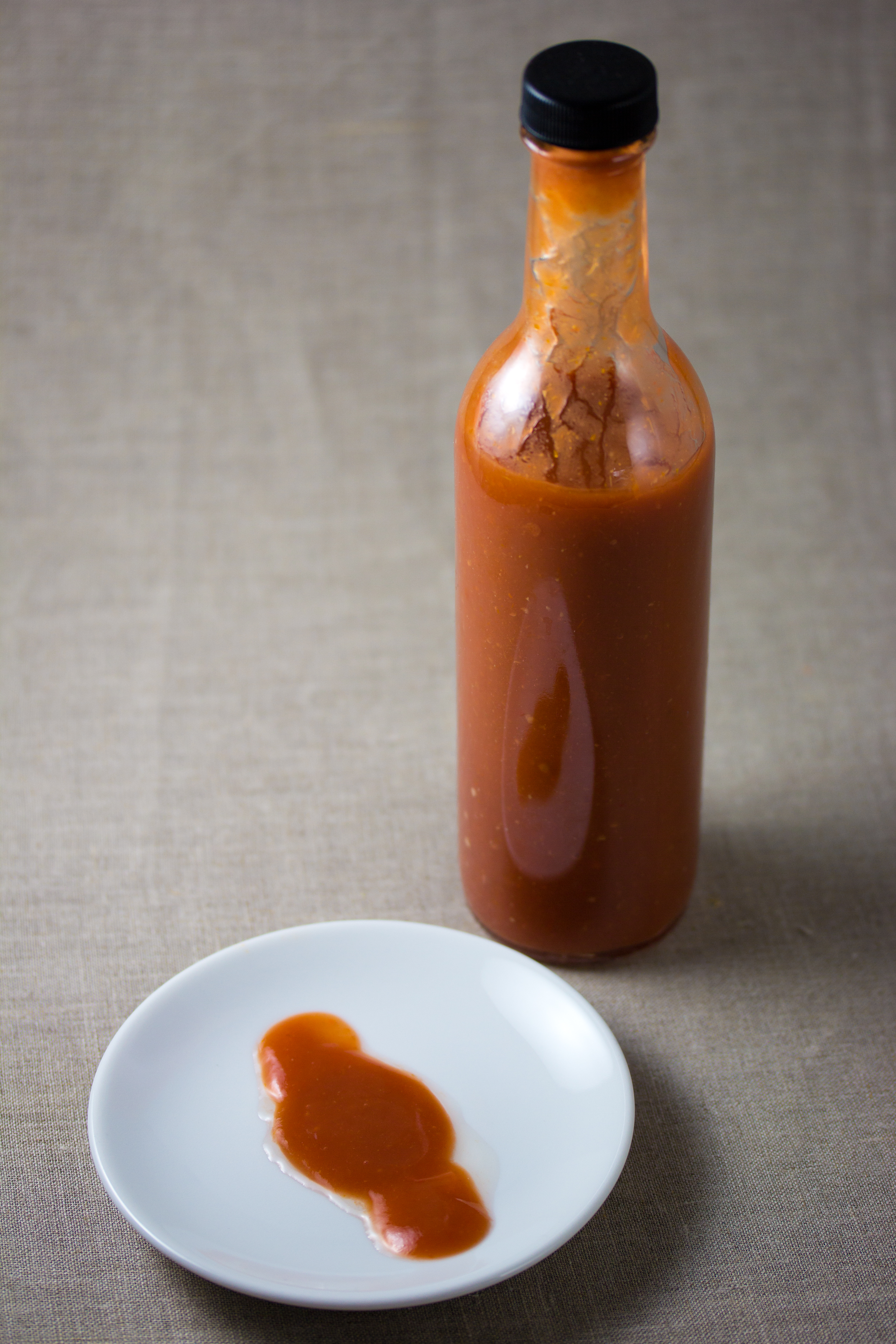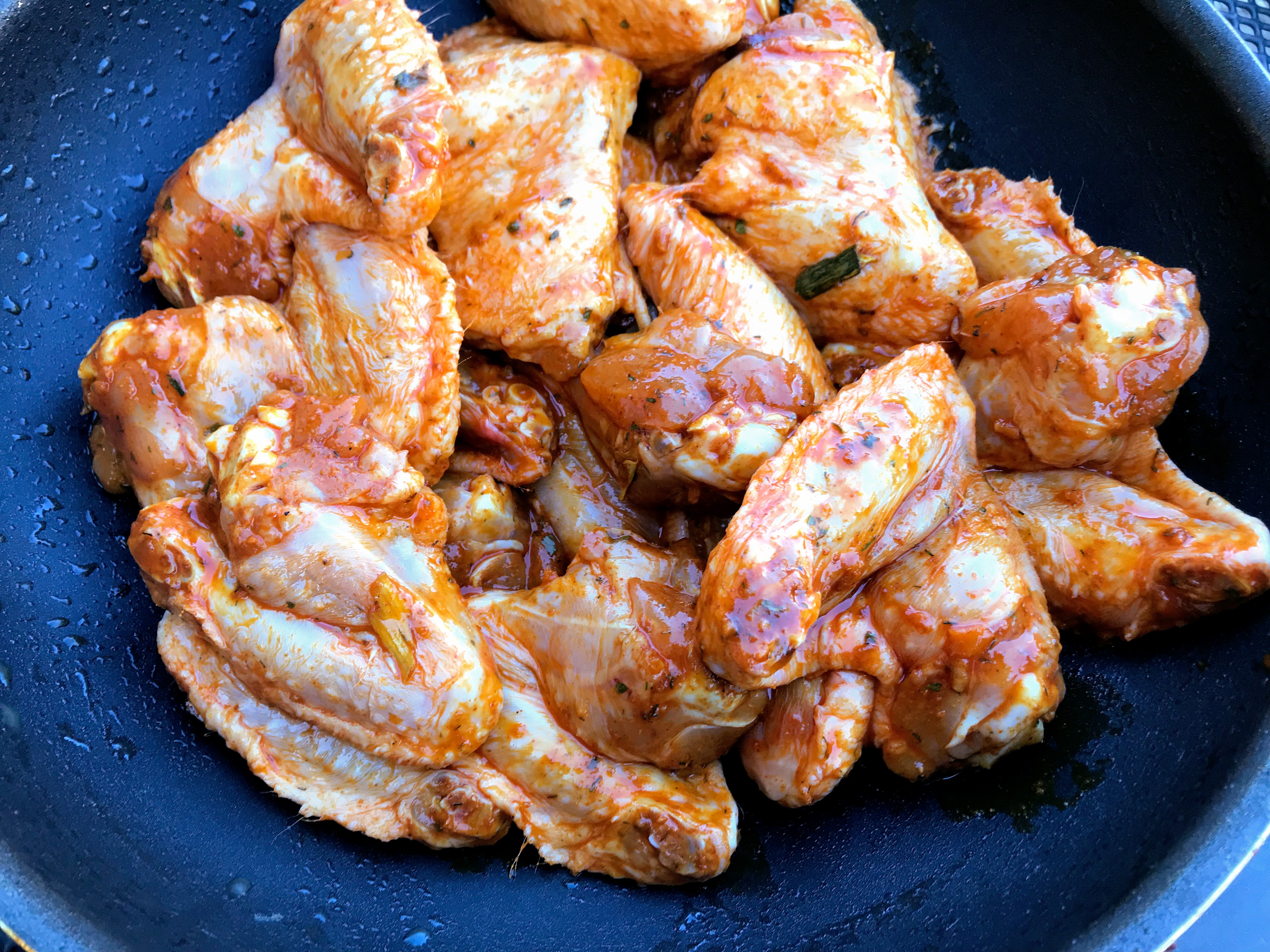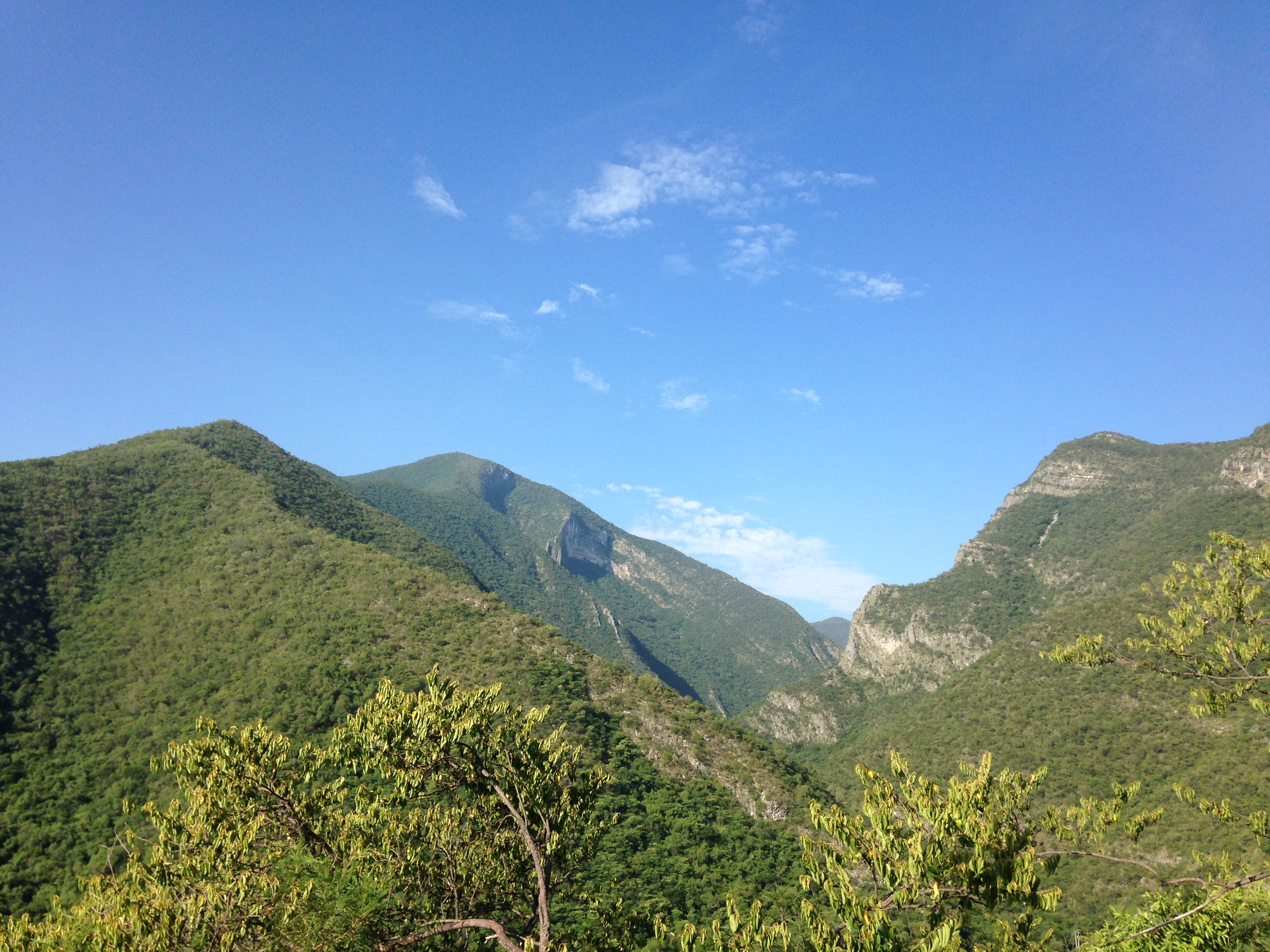|
Capsicum Chinense
''Capsicum chinense'', commonly known as a "habanero-type pepper", is a species of chili pepper native to the Americas. ''C. chinense'' varieties are well known for their unique flavors and, in many cases, exceptional Pungency, heat. The Race to grow the hottest pepper, hottest peppers in the world are members of this species, with a Scoville scale, Scoville heat unit score of 2.69 million measured in the ''C. chinense'' cultivar Pepper X in 2023. Some taxonomists consider ''C. chinense'' to be within the species ''Capsicum annuum, C. annuum,'' and they are a member of the ''C. annuum'' complex; however, ''C. chinense'' and ''C. annuum'' pepper plants can sometimes be distinguished by the number of flowers or fruit per node – two to five for ''C. chinense'' and one for ''C. annuum'' – though this method is not always accurate. The two species can also hybridize and generate inter-specific hybrids. ''Capsicum frutescens, C. frutescens'' may be the ancestor to the ''C. chinense ... [...More Info...] [...Related Items...] OR: [Wikipedia] [Google] [Baidu] |
Nikolaus Joseph Von Jacquin
Nikolaus Joseph Freiherr von Jacquin (16 February 172726 October 1817) was a scientist who studied medicine, chemistry and botany. Biography Born in Leiden in the Netherlands, he studied medicine at Leiden University, then moved first to Paris and afterward to Vienna. In 1752, he studied under Gerard van Swieten in Vienna. Between 1755 and 1759, Jacquin was sent to the West Indies, Central America, Venezuela and New Granada by Francis I, Holy Roman Emperor, Francis I to collect plants for the Schönbrunn Palace, and amassed a large collection of animal, plant and mineral samples. In 1797, Alexander von Humboldt profited from studying these collections and conversing with Jacquin in preparation of his own journey to the Americas. In 1763, Jacquin became professor of chemistry and mineralogy at the Mining Academy (Banská Štiavnica), Bergakademie Schemnitz (now Banská Štiavnica in Slovakia). In 1768, he was appointed Professor of Botany and Chemistry and became director of ... [...More Info...] [...Related Items...] OR: [Wikipedia] [Google] [Baidu] |
Habanero
The habanero (; ) is a pungent cultivar of ''Capsicum chinense'' chili pepper. Unripe habaneros are green, and they color as they mature. The most common color variants are orange and red, but the fruit may also be white, brown, yellow, green, or purple. Typically, a ripe habanero is long. Habanero chilis are very hot, rated 100,000–350,000 on the Scoville scale. The habanero heat, flavor, and floral aroma make it a common ingredient in hot sauces and other spicy foods. Name The habanero is named after the Cuban city of ''La Habana'', known in English as Havana, because it used to feature heavily in trading there. (Despite the name, habaneros and other spicy-hot ingredients are rarely used in traditional Cuban cooking.) In English, it is sometimes incorrectly spelled ''habañero'' and pronounced , the tilde being added as a hyperforeignism patterned after jalapeño. Origin and use The habanero chili comes from the Amazon, from which it was spread, reaching Mexico. Toda ... [...More Info...] [...Related Items...] OR: [Wikipedia] [Google] [Baidu] |
Mexican Cuisine
Mexican cuisine consists of the cuisines and associated traditions of the modern country of Mexico. Its earliest roots lie in Mesoamerican Cuisine, Mesoamerican cuisine. Mexican cuisine's ingredients and methods arise from the area's first agricultural communities, such as those of the Olmecs, Olmec and Maya civilization, Maya, who domesticated maize, created the standard process of nixtamalization, and established foodways. Successive waves of other Mesoamerican groups brought with them their cooking methods. These included the Teotihuacanos, Toltec, Huastec civilization, Huastec, Zapotec civilization, Zapotec, Mixtec, Otomi people, Otomi, Tarascan state, Purépecha, Totonac, Mazatec, Mazahua people, Mazahua, and Nahuas, Nahua. With the Mexica formation of the multi-ethnic Triple Alliance (Aztec Empire), culinary foodways became infused (Aztec cuisine). Today's food staples native to the land include corn (maize), turkey, beans, squash, amaranth, Chia seed, chia, avocados, to ... [...More Info...] [...Related Items...] OR: [Wikipedia] [Google] [Baidu] |
Tex-Mex
Tex-Mex cuisine (derived from the words ''Texas'' and ''Mexico'') is a regional American cuisine that originates from the culinary creations of Tejanos, Tejano people. It has spread from border states such as Texas and others in the Southwestern United States to the rest of the country. It is a subtype of Cuisine of the Southwestern United States, Southwestern cuisine found in the American Southwest. Common dishes Some ingredients in Tex-Mex cuisine are also common in Mexican cuisine, but others, not often used in Mexico, are often added, such as the use of cumin, introduced by Spanish immigrants to Texas from the Canary Islands, but used in only a few central Mexican recipes. Tex-Mex cuisine is characterized by its heavy use of shredded cheese, beans, meat (particularly Chicken as food, chicken, beef, and pork), chili peppers, and spices, in addition to flour tortillas. Sometimes various Tex-Mex dishes are made without the use of a tortilla. A common example of this is the " ... [...More Info...] [...Related Items...] OR: [Wikipedia] [Google] [Baidu] |
Salsa (food)
A salsa is any of a variety of sauces used as condiments for tacos and other Mexican cuisine, Mexican and Mexican cuisine in the United States, Mexican-American foods, and as dip (food), dips for tortilla chips. They may be raw or cooked, and are generally served at room temperature. Though the word ''salsa'' means any kind of sauce in Spanish, in English, it refers specifically to these Mexican table sauces, especially to the chunky tomato-and-chili pepper, chili-based pico de gallo, as well as to salsa verde. chips and dip, Tortilla chips with salsa are a ubiquitous appetizer in Mexican-American restaurants, but not in Mexico itself. History The use of salsa as a table dip was popularized by Mexican restaurants in the United States. In the 1980s, tomato-based Mexican-style salsas gained in popularity. In 1992, the dollar value of salsa sales in the United States exceeded those of tomato ketchup. Tomato-based salsas later found competition from salsas made with fruit, corn, ... [...More Info...] [...Related Items...] OR: [Wikipedia] [Google] [Baidu] |
Hot Sauce
Hot sauce is a type of condiment, seasoning, or salsa (sauce), salsa made from chili peppers and other ingredients. Many commercial varieties of Mass production, mass-produced hot sauce exist. History Humans have used chili peppers and other hot spices for thousands of years. One of the first commercially available bottled hot sauces in the United States appeared in 1807 in Massachusetts. However, few of the early brands from the 1800s survived to this day. Tabasco sauce, produced by the McIlhenny Company, is the earliest recognizable brand in the United States hot sauce industry, appearing in 1868. As of 2010, it was the 13th best-selling seasoning in the United States preceded by Frank's RedHot Sauce in 12th place, which claims to be the sauce first used to create buffalo wings. Ingredients Many recipes for hot sauces exist, but the only common ingredient is some variety of chili pepper. Many hot sauces are made by using chili peppers as the base and can be as simple as adding ... [...More Info...] [...Related Items...] OR: [Wikipedia] [Google] [Baidu] |
Marination
Marinating is the process of soaking foods in a Seasoning, seasoned, often acidic, liquid before cooking. This sauce, called the marinade, can be either acidic (made with ingredients such as vinegar, lemon juice, or wine), or enzymatic (made with ingredients such as pineapple, papaya, yogurt, or ginger), or have a neutral pH. In addition to these ingredients, a marinade often contains oil, salt, herbs, and spices to further flavor the food items. It is commonly used to flavor foods and to tenderizing, tenderize tougher cuts of meat; the process may last seconds or days. Marinating is similar to brining, except that brining relies on the action of salty brine rather than the action of acids or enzymes. Marinating is also similar to pickling, except that pickling is generally done for much longer periods of months or even years, primarily as a means of food preservation. Conversely, marinating is usually performed for a few hours to a day, generally as a means of enhancing the flavor ... [...More Info...] [...Related Items...] OR: [Wikipedia] [Google] [Baidu] |
Yucatán
Yucatán, officially the Free and Sovereign State of Yucatán, is one of the 31 states which, along with Mexico City, constitute the 32 federal entities of Mexico. It comprises 106 separate municipalities, and its capital city is Mérida. Located on the northern part of the Yucatán Peninsula, it is bordered by the states of Campeche to the southwest and Quintana Roo to the southeast, with the Gulf of Mexico off its northern coast. Before the arrival of Spaniards, the peninsula was a very important region for the Maya civilization that reached the peak of its development here, where the Maya founded the cities of Chichen Itza, Izamal, Motul, Mayapan, Ek' Balam, and Ichkanzihóo (also called T'ho), now Mérida. After the Spanish conquest of Yucatán (early 16th to late 17th centuries), the Yucatán Peninsula became a single administrative and political entity, the Captaincy General of Yucatán. Following Mexican independence in 1821 the local Governor proclaimed indepe ... [...More Info...] [...Related Items...] OR: [Wikipedia] [Google] [Baidu] |
Columbian Exchange
The Columbian exchange, also known as the Columbian interchange, was the widespread transfer of plants, animals, and diseases between the New World (the Americas) in the Western Hemisphere, and the Old World (Afro-Eurasia) in the Eastern Hemisphere, from the late 15th century on. It is named after the explorer Christopher Columbus and is related to the European colonization of the Americas, European colonization and global trade following his Voyages of Christopher Columbus#First voyage, 1492 voyage. Some of the exchanges were deliberate while others were unintended. Communicable diseases of Old World origin resulted in an 80 to 95 percent reduction in the Indigenous peoples of the Americas, Indigenous population of the Americas from the 15th century onwards, and their extinction in the Influx of disease in the Caribbean, Caribbean. The cultures of both hemispheres were significantly impacted by the migration of people, both free and enslaved, from the Old World to the New. Eur ... [...More Info...] [...Related Items...] OR: [Wikipedia] [Google] [Baidu] |
Tehuacán
Tehuacán () is the second largest city in the Mexican state of Puebla, nestled in the southeast of the valley of Tehuacán, bordering the states of Oaxaca and Veracruz. The 2010 census reported a population of 248,716 in the city and 274,906 in the surrounding Tehuacán municipality, of which it serves as municipal seat. The municipality has an area of . Culture Originally a Native American settlement, it became officially a city in the Viceroyalty of New Spain in 1660. Tehuacan is known for hosting many diverse festivals that celebrate traditions and costumes earned through the years from the ancient natives. One of the most recognized festival in the last 15 years is the Festival Internacional de Tehuacán 1660 which celebrates the artistic and cultural backgrounds of the city. In the late nineteenth century, the city was well known for its mineral springs. In fact, Peñafiel (now owned by Keurig Dr Pepper), a well-known soft drinks manufacturer, extracts water fro ... [...More Info...] [...Related Items...] OR: [Wikipedia] [Google] [Baidu] |
Tamaulipas
Tamaulipas, officially the Free and Sovereign State of Tamaulipas, is a state in Mexico; one of the 31 states which, along with Mexico City, comprise the 32 federal entities of Mexico. It is divided into 43 municipalities. It is located in northeast Mexico and is bordered by the states of Nuevo León to the west, San Luis Potosí to the southwest, and Veracruz to the southeast. To the north, it has a stretch of the U.S.–Mexico border with the state of Texas, and to the east it is bordered by the Gulf of Mexico. In addition to the capital city, Ciudad Victoria, the state's largest cities include Reynosa, Matamoros, Nuevo Laredo, Tampico, and Mante. Etymology The name Tamaulipas is derived from ''Tamaholipa'', a Huastec term in which the ''tam-'' prefix signifies "place (where)". No scholarly agreement exists on the meaning of ''holipa'', but "high hills" is a common interpretation. Another explanation of the state name is that it is derived from ''Ta ma ho'lipam ... [...More Info...] [...Related Items...] OR: [Wikipedia] [Google] [Baidu] |
Mexico
Mexico, officially the United Mexican States, is a country in North America. It is the northernmost country in Latin America, and borders the United States to the north, and Guatemala and Belize to the southeast; while having maritime boundary, maritime boundaries with the Pacific Ocean to the west, the Caribbean Sea to the southeast, and the Gulf of Mexico to the east. Mexico covers 1,972,550 km2 (761,610 sq mi), and is the List of countries by area, thirteenth-largest country in the world by land area. With a population exceeding 130 million, Mexico is the List of countries by population, tenth-most populous country in the world and is home to the Hispanophone#Countries, largest number of native Spanish speakers. Mexico City is the capital and List of cities in Mexico, largest city, which ranks among the List of cities by population, most populous metropolitan areas in the world. Human presence in Mexico dates back to at least 8,000 BC. Mesoamerica, considered a cradle ... [...More Info...] [...Related Items...] OR: [Wikipedia] [Google] [Baidu] |
